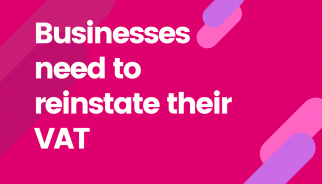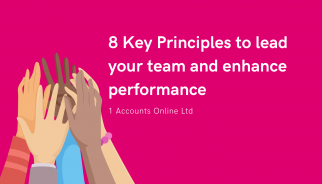
CORONAVIRUS JOB RETENTION SCHEME (CJRS) UPDATE. From 1st July “Flexible Furlough” was introduced and the calculations and time recording of…

CORONAVIRUS JOB RETENTION SCHEME (CJRS) UPDATE. From 1st July “Flexible Furlough” was introduced and the calculations and time recording of…

VAT – REDUCED RATE OF 5% The government made an announcement on 8 July 2020 allowing VAT registered businesses to…

We spent a large part of yesterday afternoon listening and reflecting on the budget update from the chancellor. In this…

Thousands of parents have been juggling two to three full-time jobs for the past 11 weeks now: their normal job,…

The deferral of VAT payments due to coronavirus comes to an end on 30 June and businesses need to take…

With the changes in working practices COVID-19 has caused and the likelihood that many people will be working remotely for…

Whether leading in person or virtually, there are 8 principles that you can adopt to improve team performance. Many organisations…

What’s Going On Now? As time goes on it is getting harder and harder to keep track of all the…

It’s looking like remote working will be the ‘new normal’ as we ease our way out of lockdown. While this…

With the recent easing of lockdown restrictions, several businesses are asking some of their employees to return to the workplace…